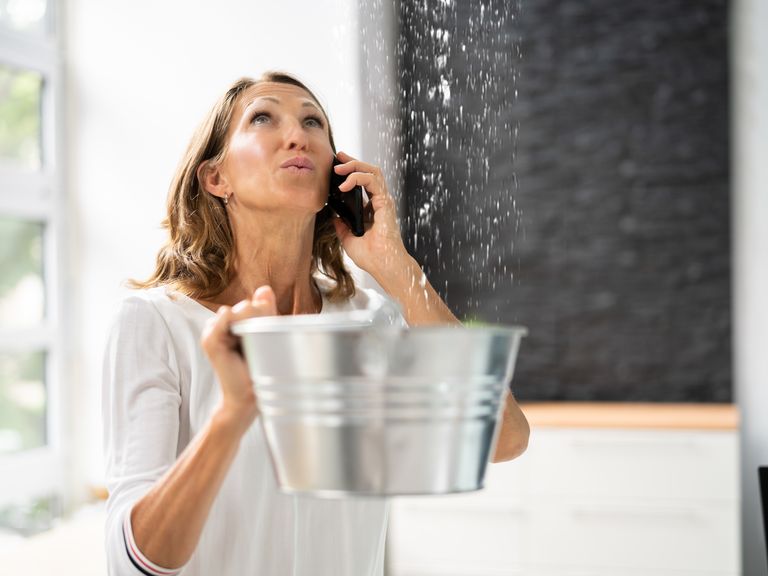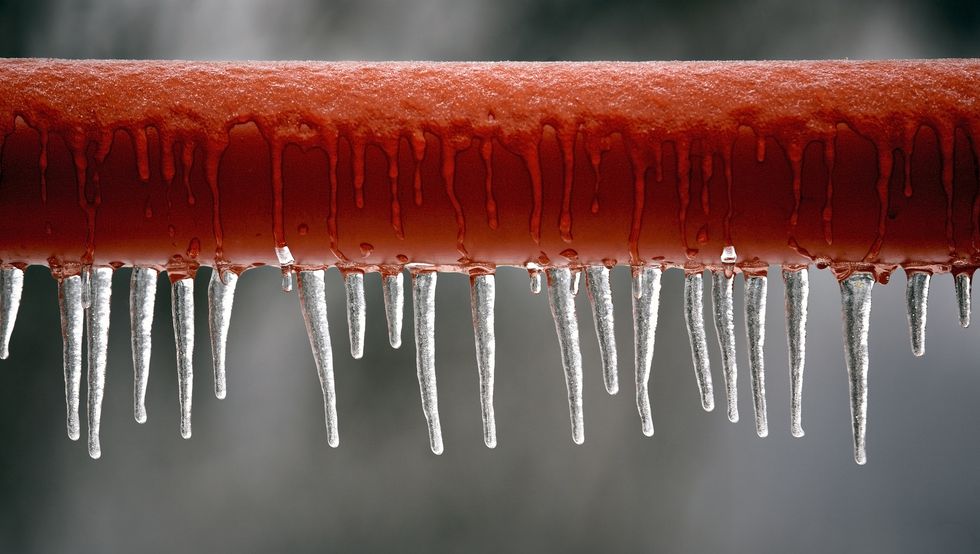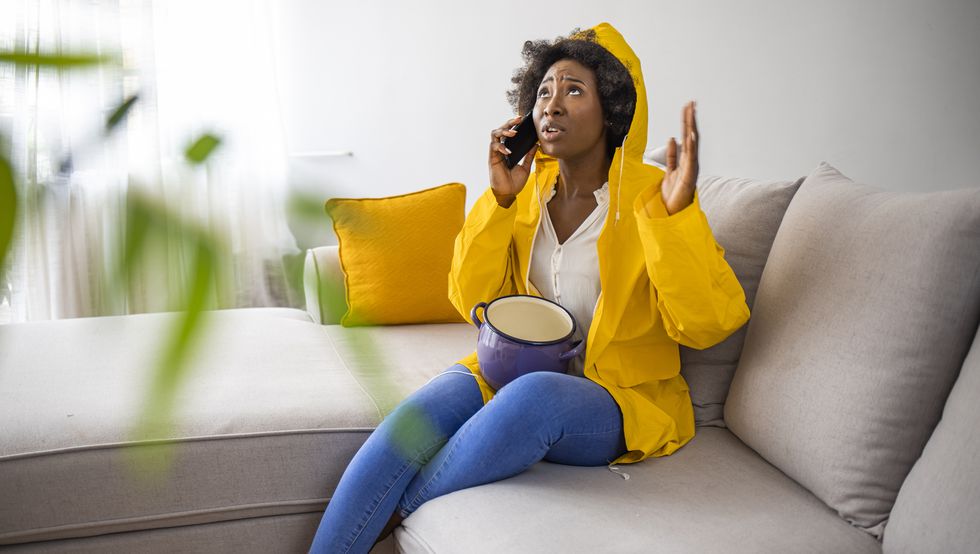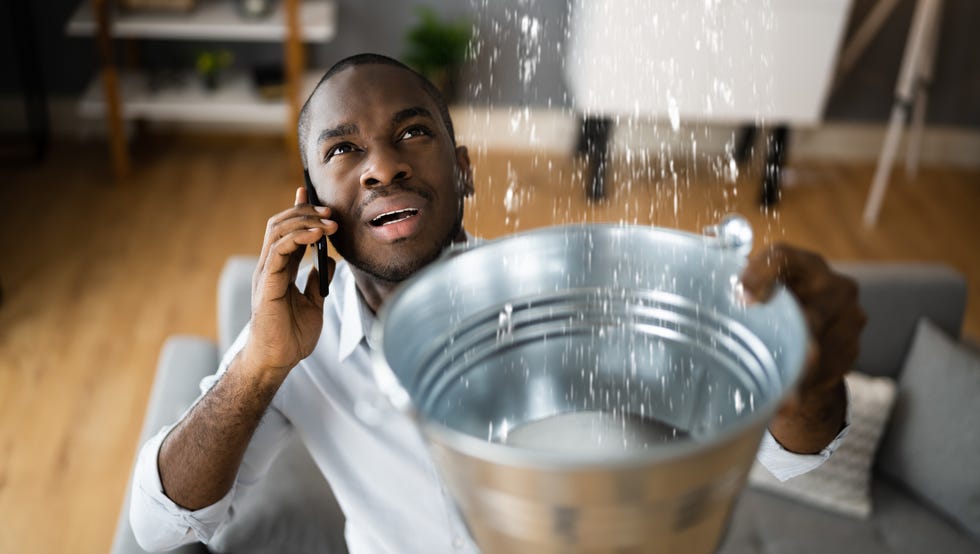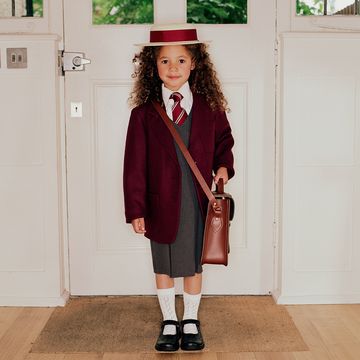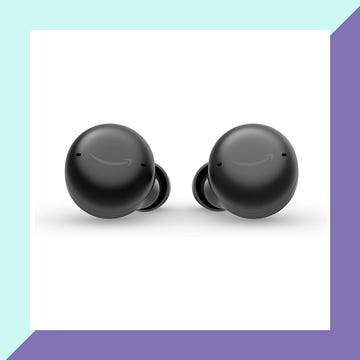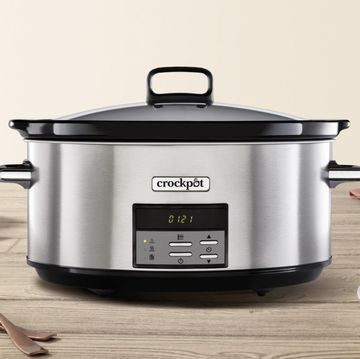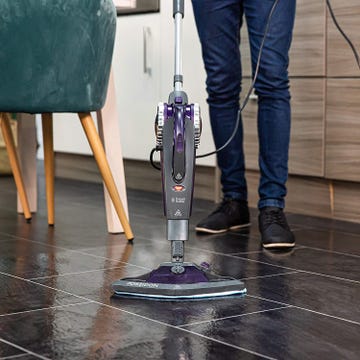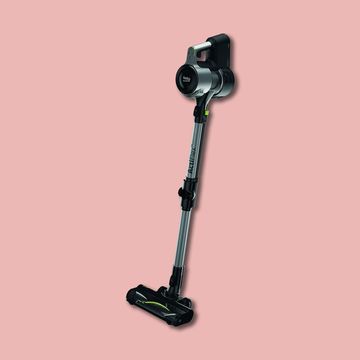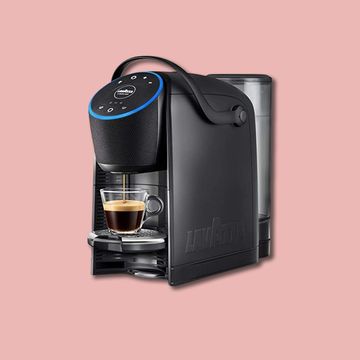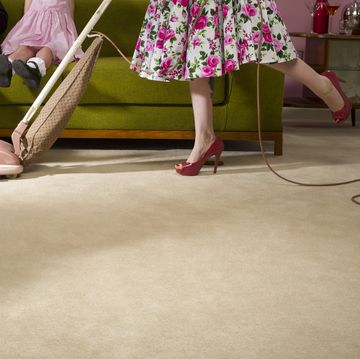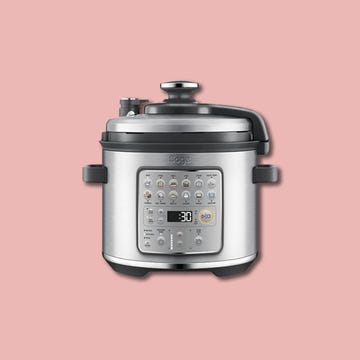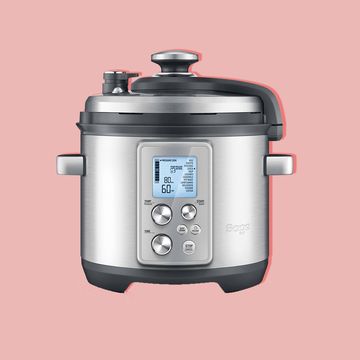Frozen water pipes can be a huge problem in winter. Not only do frozen pipes stop your heating and hot water systems from working properly, but, as water expands when it freezes, it can cause pipes to crack and burst.
When the frozen water melts, it will leak out of the burst pipes into your home, damaging possessions, flooding floors and carpets and even bringing ceilings down. The cost can run into thousands of pounds, with the Association of British Insurers (ABI) estimating that the average insurance claim for burst pipes in freezing weather is a sizeable £7,500.
Burst water pipes in the home are no fun, so make sure you've taken all the necessary steps to protect your pipes. Be particularly on the alert if you are spending time away from home during cold spells, when pipes are more likely to get frozen – you don't want to finish off a lovely winter break by coming home to flooded floors and ruined ceilings.
How to stop your pipes from bursting
Keep the heating on low
Avoid the urge to switch the heating off entirely. While you might save money, you could be putting your home at risk with the prospect of frozen pipes. British Gas recommends you keep the thermostat at around 7 degrees centigrade.
Get a programmable thermostat with a timer setting
If you don't already have one, consider getting a programmable thermostat with a timer. You’ll have more control over the heating, and they usually have a holiday setting.
Insulate your pipes
Check that all of your water pipes are insulated with preformed insulation. A properly insulated home can save you money as well as avoiding expensive repairs. You can buy inexpensive pipe lagging and tank jackets from most DIY stores and easily fit them yourself for free. British Gas advises homeowners to focus on three keys areas:
- Outside pipework – such as heating drainpipes and overflow pipes and outside taps. You can find insulated tap covers at DIY stores.
- Pipes in colder areas of the home, like unused loft spaces, garages and basements
- Water tanks, a leading cause of burst pipes. Insulate tanks located in colder areas, such as basements, garages and unused lofts.
Fix dripping taps
If you have any dripping taps, fix them as soon as possible. If a dripping water freezes, the pipe will become blocked.
Open doors to colder parts of the house
Pipes and tanks in unheated parts of the house, such as the loft or inside cupboards, are more vulnerable to the cold. Leave the door or hatch to the loft open, so that any heat from downstairs circulates and rises into the attic, and open cupboard doors to allow warmer air in. Block out any chilly breezes by keeping windows closed, sealing leaky edges and using draught excluders at the bottom of doors.
Have an emergency set of keys
If you are away during a cold spell, it might be a good idea to leave a set of house keys with a trusted neighbour just in case. Make sure they know where the inside stop valve is and check that it is working. They’ll need to get to it quickly in the event of a burst water pipe.
Consider turning your water off
If you are planning to be away for more than a few days during the cold winter months, you might want to turn your water off altogether at the stopcock and even drain your pipes by running the taps until the water has run out. Make sure you don't forget to turn the taps off afterwards.
How to tell if your pipes have frozen
British Gas lists these tell-tale signs which show that your pipes have frozen:
- Little or no water coming from your taps or shower
- Exposed pipes that appear frosty or wet
- Unusual noises coming from your system when you flush the toilet or use the sink. Air trying to escape your pipes through a blockage could lead to bubbling or whistling sounds
- Damp patches or rings on walls or ceilings
How to defrost frozen pipes
You can thaw exposed frozen pipes quite easily. You could use a hairdryer on a low setting to thaw the pipe, use a hot water bottle wrapped in a tea towel or a towel soaked in hot water. Never pour boiling water directly onto the pipe. Start at the tap and work back towards the frozen area so the trapped water can flow out easily.
Once it’s thawed, check for leaks before turning the water back on.
Sarah was our former Good Housekeeping's Senior Consumer Writer.
